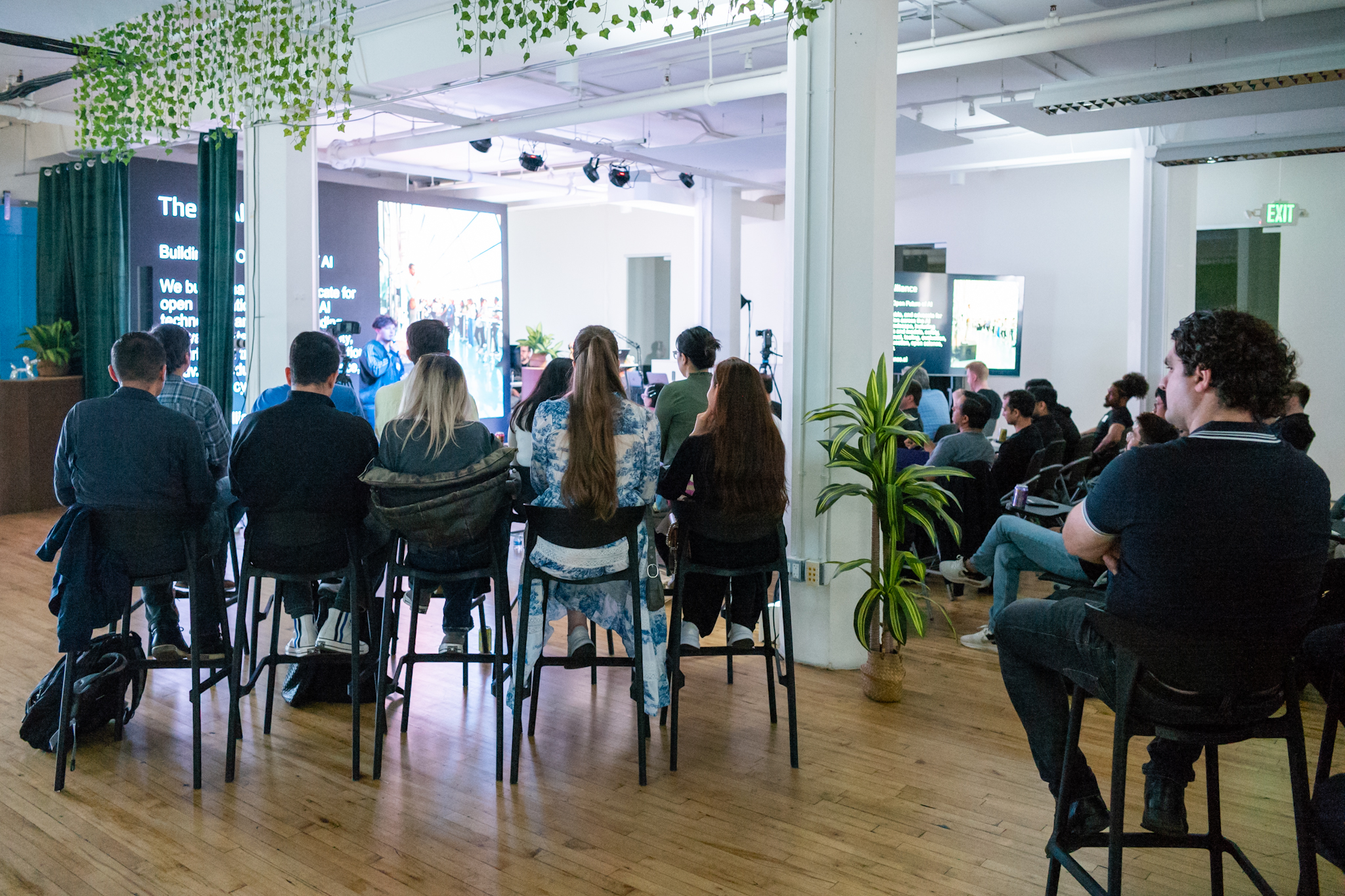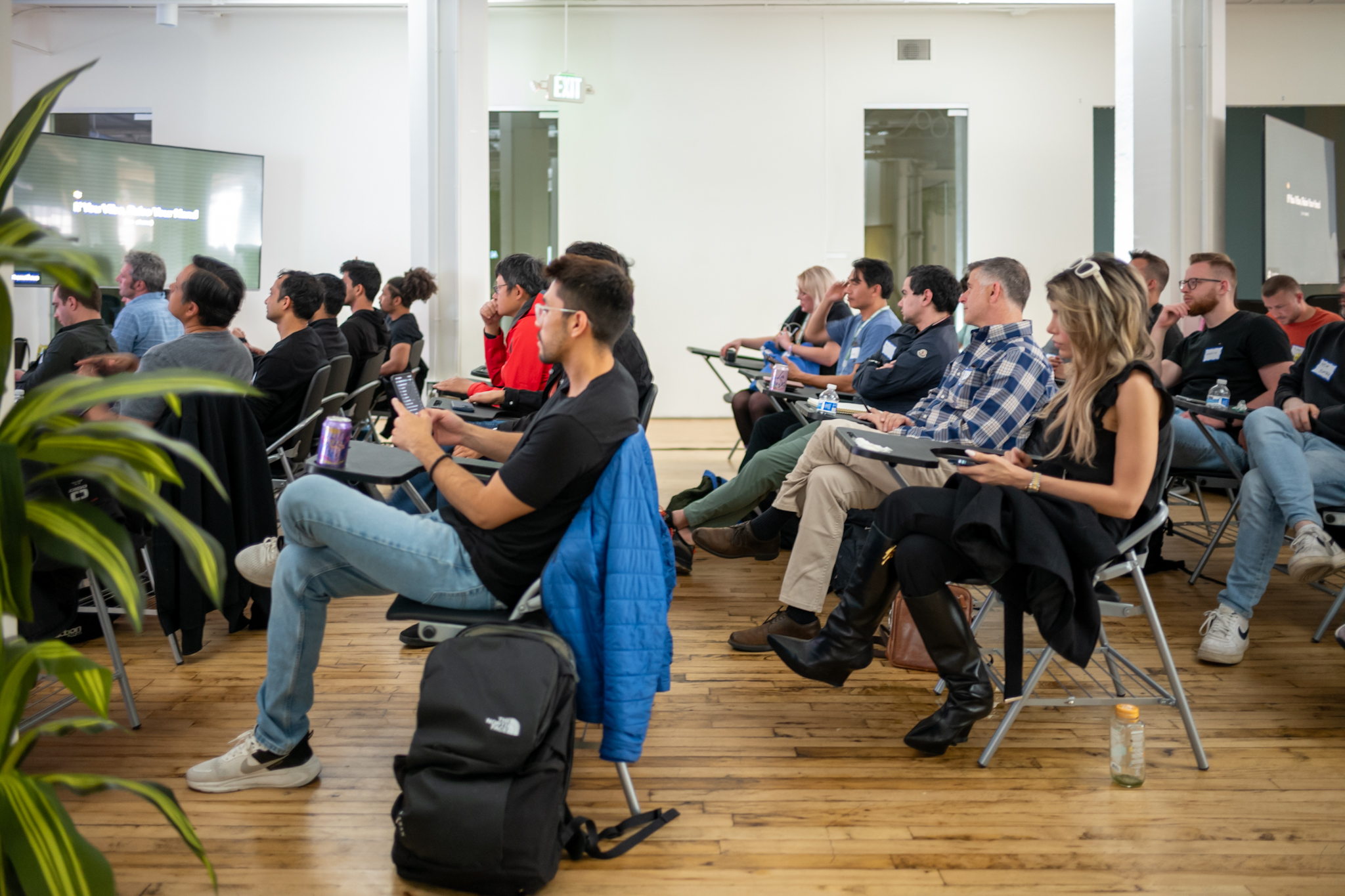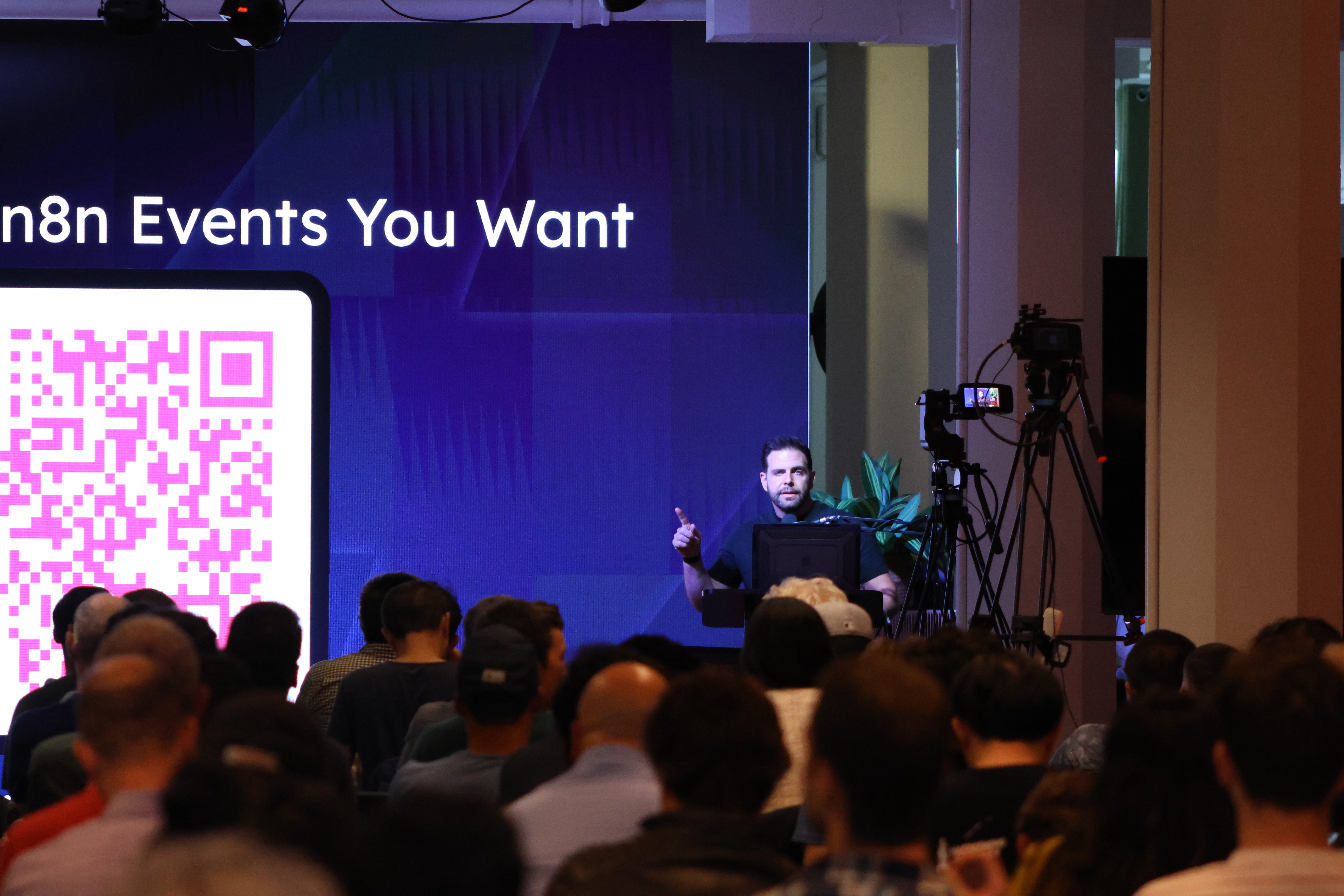When 50,000+ attendees flood Moscone for Dreamforce, Google I/O, or GDC, your booth gets lost in the noise. But a strategic side event? That's how you own the conversation. After hosting 500+ side events, here's the playbook that actually works.
Why Side Events Beat Booth Warfare
The math is brutal at major conferences:
- Booth cost: $50-150K for prime placement
- Competition: 400+ other vendors screaming for attention
- Engagement time: 30 seconds average per visitor
- Qualified leads: 5-10% of badge scans
The side event advantage: You get 2-4 hours with pre-qualified attendees who chose to spend their evening with you. No competition. No distractions. Just focused engagement.
The Conference Overflow Opportunity
Major conferences create three opportunities most companies miss:
- Evening availability: Conference ends at 5 PM, attendees seek evening activities
- Meeting overflow: High-value contacts who can't fit into your booth schedule
- Local audience: SF professionals who didn't get conference tickets
Real example: During Dreamforce 2024, a Series A startup skipped the $80K booth. Instead, they ran 3 evening events for $15K total. Result: 180 qualified leads, 12 enterprise demos booked, 3 POCs started.
Format 1: Meetups & Demos (The Awareness Play)
Best for: Building community and product awareness
- Duration: 3.5 hours (5:30-9 PM)
- Capacity: 80-150 attendees
- Investment: $8-12K fully managed
- Lead quality: Mixed but high volume
The Winning Agenda
- 5:30 PM: Doors open, networking begins
- 6:00-7:30 PM: 3 presentations (20 min each, 10 min Q&A)
- 7:30-8:30 PM: Structured networking + demos
- 9:00 PM: Event ends (hard stop for energy management)
Content Strategy That Works
- Speaker 1: Customer case study (social proof)
- Speaker 2: Technical deep dive (product credibility)
- Speaker 3: Industry thought leader (authority building)
Pro tip: Record everything. Those 3 talks become 12 pieces of content: full videos, highlight reels, blog posts, and social clips.
ROI Metrics
- Average attendance: 100-120 people
- Email captures: 80-90%
- Follow-up meetings: 15-20
- Content pieces: 10-15
- Pipeline influenced: $500K-2M
Format 2: Networking & Exhibition (The Lead Gen Machine)
Best for: Maximum leads with minimum effort
- Duration: 3 hours (5:30-8:30 PM)
- Capacity: 100-200 attendees
- Investment: $6-10K fully managed
- Lead quality: High volume, varied quality
Why This Format Crushes
No heavy content production. No speaker management. Just create an environment for organic conversations around your product.
The Setup:
- • 4-6 demo stations around the venue
- • 1 main stage for 30-min presentation
- • Open bar and heavy appetizers
- • Background music at conversation level
Lead Capture Strategy
- Entry requirement: Business card or badge scan for drinks
- Demo incentive: Swag escalation (better items for deeper engagement)
- Exit survey: 2-question form for product interest level
Real example: Data platform company ran this during Google Cloud Next. 180 attendees, 156 qualified leads, 42 demo requests, 8 POCs within 30 days.
Format 3: Podcast Recording (The Relationship Builder)
Best for: High-value relationship building and content creation
- Duration: Full day (8 AM-8 PM)
- Capacity: 8-12 guests
- Investment: $3-5K per day
- Lead quality: Ultra-high (C-level and influencers)
The Psychology of Yes
Conference attendees are 10x more likely to accept podcast invitations. They're already in town, in networking mode, and looking for interesting conversations.
Execution Framework
Guest Outreach
- • Target VPs and C-suite
- • 30-min time slots
- • Car service provided
- • Professional studio setup
Content Output
- • Full episode (20-30 min)
- • 3-5 short clips
- • LinkedIn article
- • Email newsletter feature
ROI Beyond Numbers
- Direct access to decision makers
- 45-60 minutes of undivided attention
- Content that positions you as industry leader
- Warm introduction to their network
Pro tip: Book your most important prospects for late afternoon. They're more relaxed and likely to extend the conversation over drinks.
Format 4: Hack Night (The Product Accelerator)
Best for: Developer tools, APIs, and platforms seeking product feedback
- Duration: 5 hours (5-10 PM)
- Capacity: 40-60 developers
- Investment: $10-15K including prizes
- Lead quality: Highly technical, product-qualified
The Engagement Difference
Developers spend 3-4 hours actively using your product. You'll learn more about your UX, documentation, and API design than from 100 survey responses.
Hack Night Success Formula
- Clear challenge: Specific problem to solve with your tech
- Prize structure: $1K grand prize, $500 runner-up, $250 creativity award
- Support ratio: 1 engineer per 10 participants
- Demo time: 2 minutes per team (keeps energy high)
What You Really Get
- 10-15 working prototypes using your product
- Direct feedback on developer experience
- Bug discoveries and feature requests
- Video testimonials from participants
- Future evangelists and community leaders
Real example: API company ran hack night during MongoDB World. 45 developers, 12 projects built, 3 became official integrations, 1 participant hired as developer advocate.



